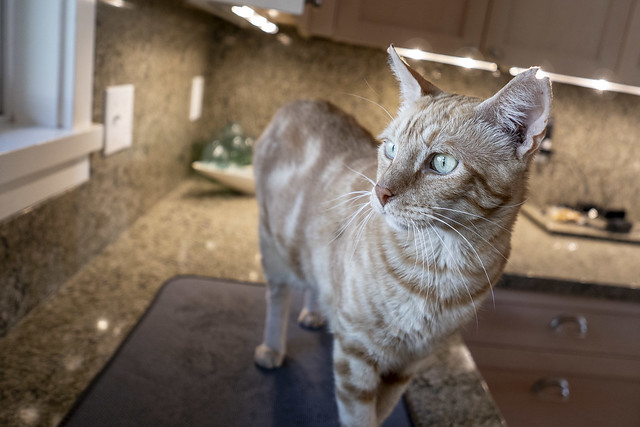November 22 marked two occasions, according to a report by KHON2, “the grand opening of Hawaii’s first kimchi museum also commemorated the state’s first-ever Kimchi Day.”
KHON went on: “The state legislature passed a resolution designating Wednesday, Nov. 22, as Kimchi Day. Now they’re working on a bill to make it official every year to honor Korean culture.”
Fair enough.
But it sidestepped a big question: is the spicy cabbage concoction properly called Kimchi or Kimchee? It’s a question with historical and political roots.
An Associated Press story appearing in the Los Angeles Times in 1995 and reprinted more recently by the Kimchee Girl blog, was direct: “South Koreans Say It’s Kimchee or Tasteless Misspelling.”
According to the LA Times story:
South Koreans insist it be spelled kimchee, instead of kimchi or kimuchi, which many consider to be Japanese variants of the Korean name.
The difference may be insignificant to foreigners, but not to Koreans, many of whom still remember the harsh Japanese colonial rule of 1910-45.
During that period, Korean language was banned in schools, and books and cultural artifacts were burned. Many people were forced to abandon their Korean names for Japanese ones under an assimilation program. Those who refused faced harsh retribution….
“It’s our last point of pride,” said Lee Sung-woo at the government’s Patent Bureau, which is spearheading the campaign to standardize the spelling as kimchee.
“It’s our food, passed down from generation to generation, and we have to make sure that it’s called by its rightful name,” he said.
Another recent food blog post weighed in with a similar take.
Kimchee is actually the national food of Korea. And, it should be noted that the proper spelling of kimchi is “kimchee.” In this post, I occasionally refer to it as kimchi, but that is the Japanese spelling for this beloved Korean dish.
But whether its properly kimchee or kimchi, here’s a look back to the 1930s and how it was being made in Korea at the time.
The late Professor Carey D. Miller, a well-known University of Hawaii nutritionist, visited Japan and Korea during a trip around the world in 1937.
She brought back a number of photographs depicting the making of kimchee in Korea. A note on one page indicates the photographs were “made in Korea in 1937 by Dr. Boots especially for CDM”. The final photo refers to Ewah College, probably a misspelling of Ewha Women’s College in Seoul, Korea.
After Miller’s death, my mother, who served as executor of her estate, took possession of the photos. After her death, I donated them to be archived along with other Miller papers in Hamilton Library (after scanning them for my own records).
You can view the photos in this earlier post about Miller’s 1937 trip.


